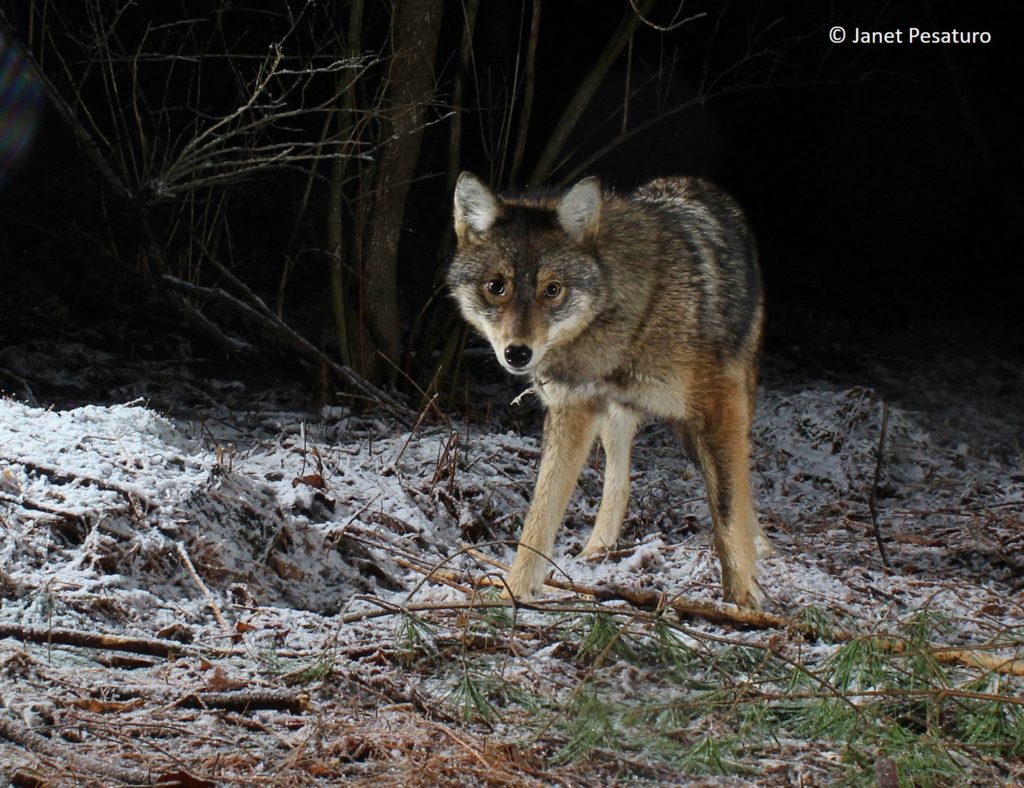

The cunningness and adaptability of the eastern coyote has brought them a little too close to home for many people. Our house-made candies are prepared in small batches Loveland Sweets is a purveyor of hand-crafted chocolates, caramels, marshmallows, and ice creams. Other food sources such as berries, vegetables and nuts are regularly consumed as an easy meal. Coyotes have been known to eat deer during the winter months. Meaning they don’t regularly kill deer, but typically feed on the carrion deer leave behind. However, because they are opportunistic feeders, eastern coyotes are both hunters and scavengers. Though, eastern coyotes have been known to consume larger animals, such as deer. Small rodents, such as mice, rabbits and voles, are a staple in the coyote’s diet. Their diet varies, and is largely based on the time of the year.


The opportunistic behavior of the eastern coyote makes them adaptable to many environments, including urban and suburban areas. The western coyote, however, has shown no interbreeding with wolves. This size difference is largely because of the interbreeding of eastern coyotes with wolves of the Great Lakes region. (For comparison, the western coyote has an average weight of 20-30 pounds.) Female eastern coyotes weigh roughly 21 percent more than their male western counterparts. Eastern coyotes can grow to be 30-40 pounds on average. One of the most notable differences between the eastern and the western coyote is size. Chris Glassmeyer is the Conservation and Parks Manager for Great Parks of Hamilton County They quickly adapted and claimed the once-empty title of apex predator in Ohio. Being masters of opportunity, the eastern coyote soon swarmed Ohio and other eastern states. Interbreeding between western coyotes and the remnant gray wolf ( Canis lupus) populations of the Great Lakes region gave birth to a new species: the eastern coyote ( Canis latrans × Canis lycaon ). Then, in the 1940s, western coyotes started moving east into the northern Great Lakes region after the extirpation of the gray wolf. Before Europeans settled the new world, coyotes ( Canis latrans) were only found in the American west. With Ohio being void of apex predators, a vital niche was left unfulfilled. Other studies in Georgia and Alabama have shown coyote predation to be a leading cause of fawn mortality, and lower fall fawn-to-doe ratios since the arrival of coyotes.The eastern coyote came about from interbreeding between western coyotes and the remnant gray wolf. While the researchers didn’t go so far as to say coyotes represent a threat for deer across the Southeast, they did note that the statewide deer population in South Carolina has declined approximately 30 percent since the mid 1990s-a period coinciding very nicely with an increase in coyote numbers. Researchers also determined that most fawns were killed by different coyotes, meaning this behavior was pervasive rather than a few individuals that had learned to specialize in killing fawns. A South Carolina study found that coyote predation accounted for between 46 and 84 percent of all deer mortality in the study area, and somewhere between 47 and 62 percent of all fawns succumbed to coyote predation, most within the first three weeks of life.

Physical characteristics like larger bodies, skulls, and jaw muscles make Eastern coyotes better adapted to taking down larger prey, and deer are a favorite. To a great extent, that’s a matter of perspective.


 0 kommentar(er)
0 kommentar(er)
